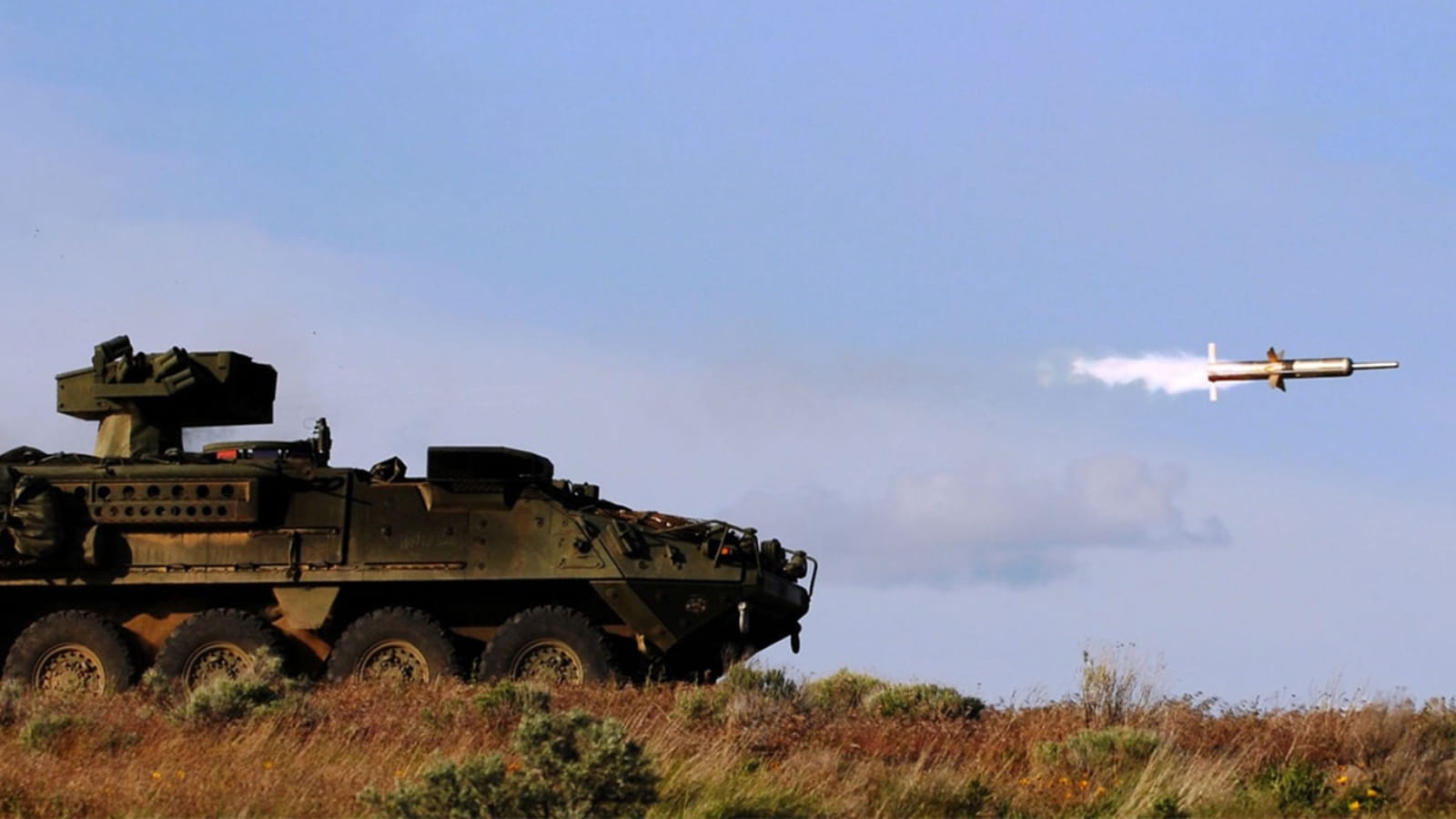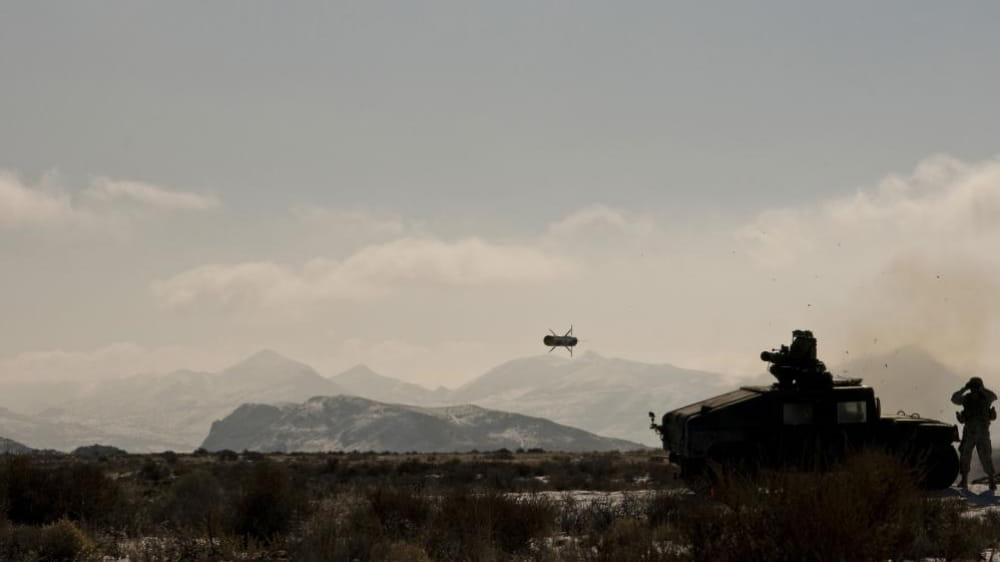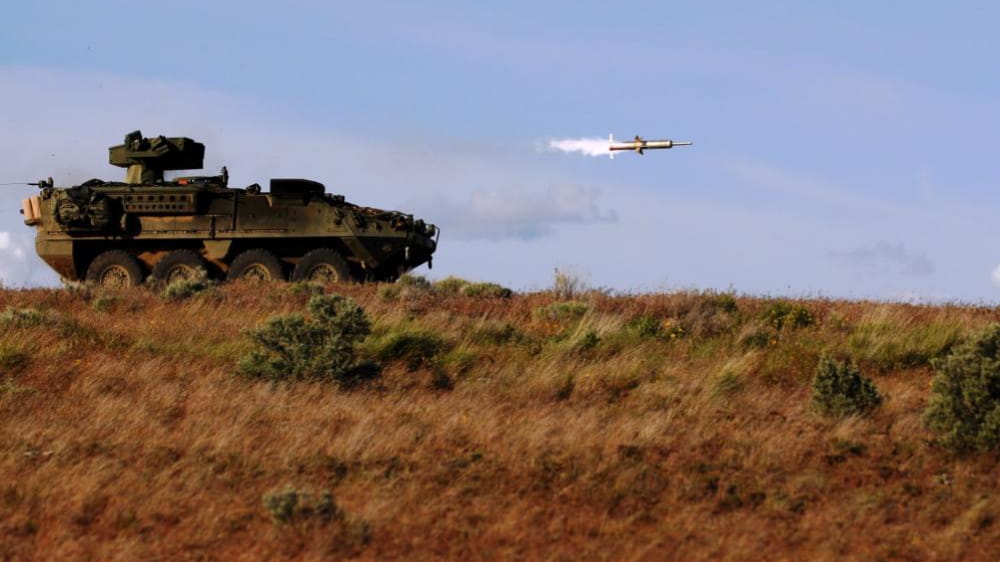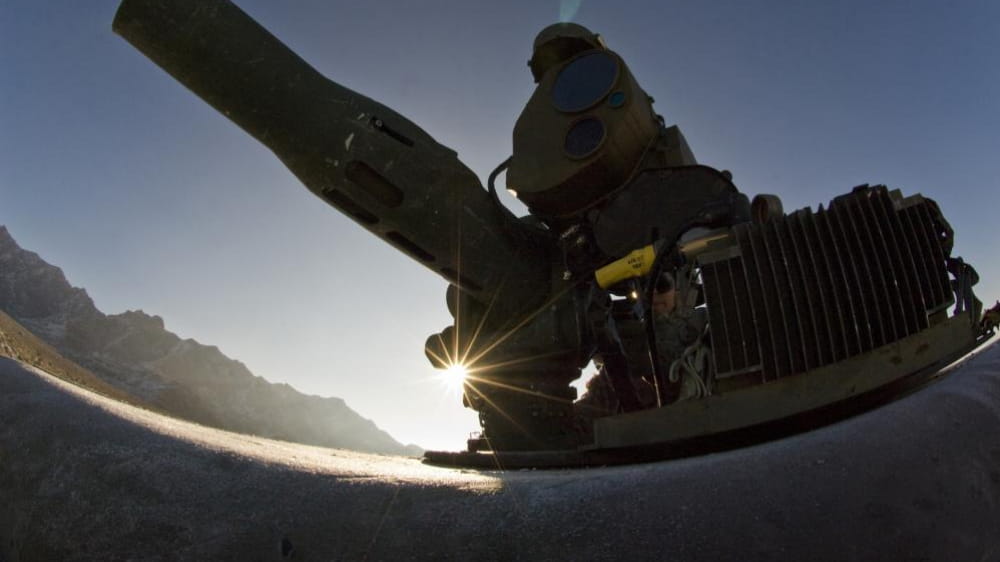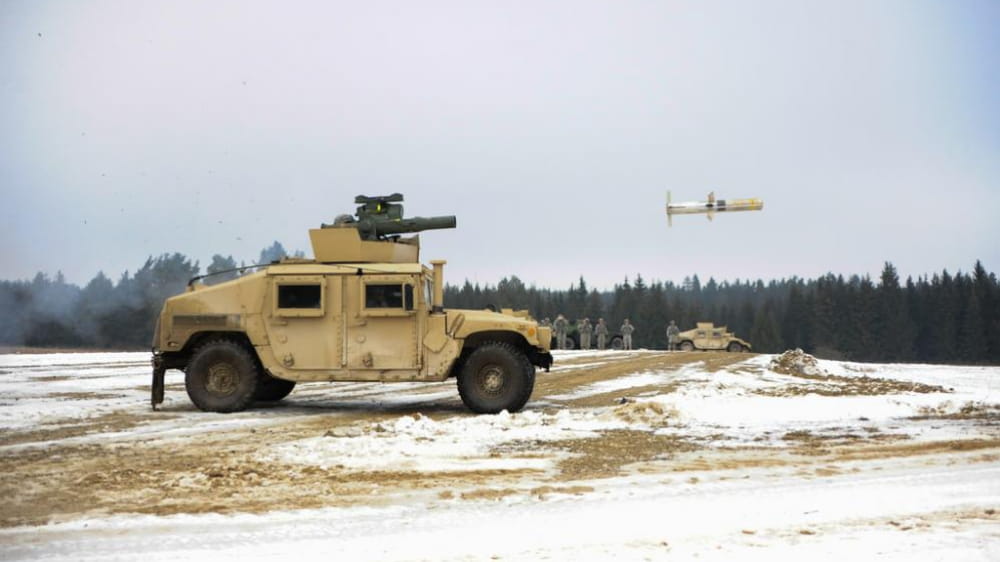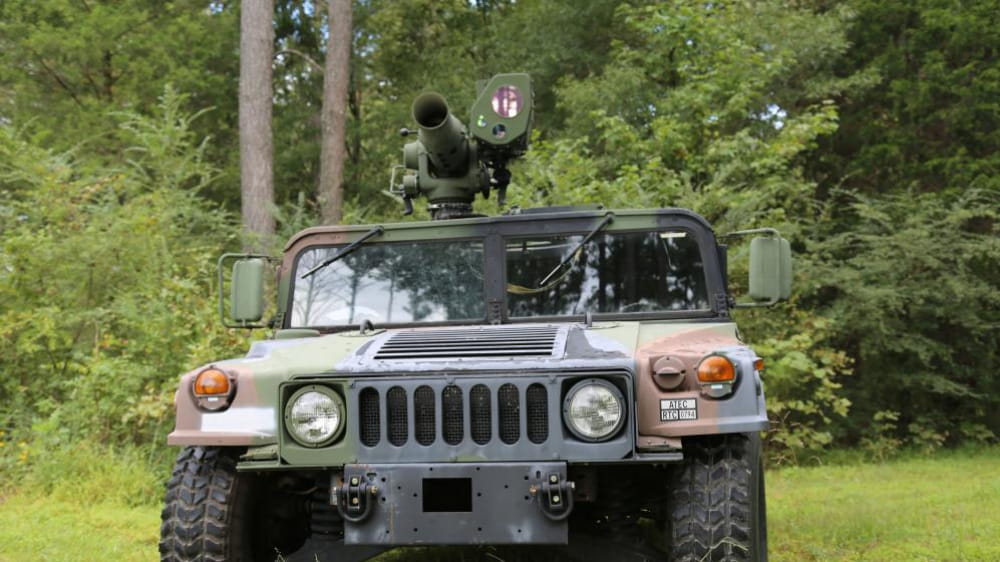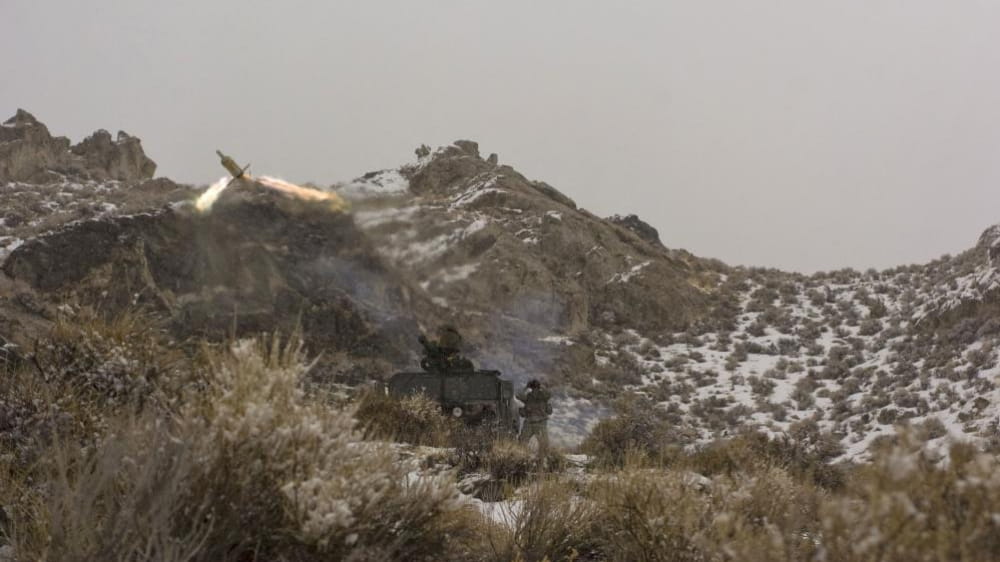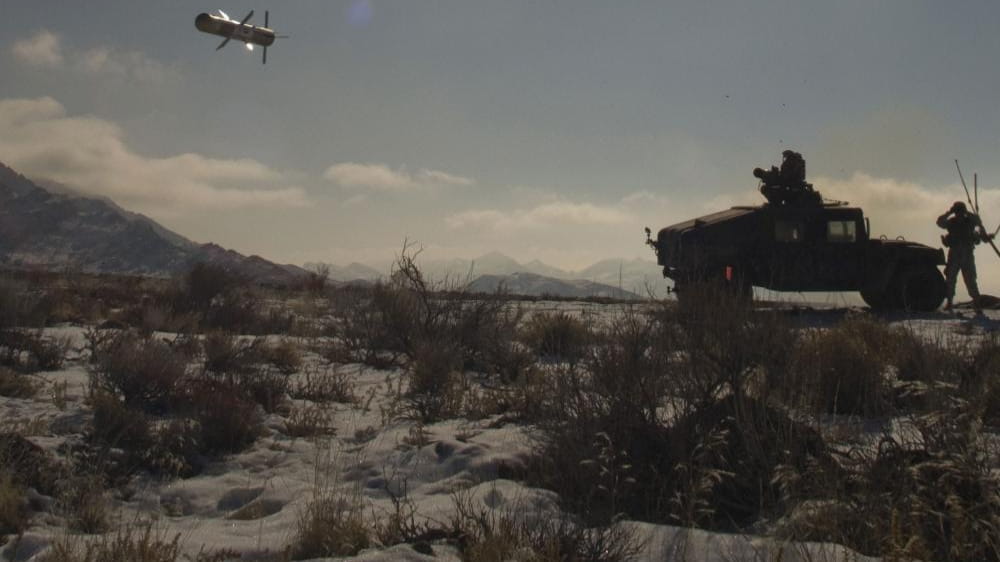The tube-launched, optically-tracked, wireless-guided TOW® weapon system – with the multi-mission TOW 2A, TOW 2B and TOW Bunker Buster missiles – is the premier long-range, heavy assault-precision anti-armor, anti-fortification and anti-amphibious landing weapon system used throughout the world today.
The TOW missile enables ground forces to achieve overmatch against adversary armored and wheeled systems, regardless of the environment or conditions.
It is an essential and complementary capability in a layered ground-force defense, providing reliable and precise anti-armor attack, battle proven in highly contested environments.
Raytheon continues to upgrade the TOW missile to meet the U.S. Army’s requirement for an extended-range, anti-tank, guided missile. The company is improving the missile’s propulsion system, giving it greater distance and speed. TOW is ready to meet future anti-tank guided missile requirements and provide a combat proven capability to the Army’s Optionally Manned Fighting Vehicle development program while maintaining compatibility with existing launch platforms.
The weapon system is deployed with more than 40 international armed forces and integrated on more than 15,000 ground, vehicle and helicopter platforms. It is also the preferred heavy assault, anti-armor weapon system for NATO, coalition, United Nations and peacekeeping operations worldwide.
TOW capabilities
The TOW 2A, TOW 2B and TOW Bunker Buster missiles can be fired from all TOW weapon system launchers – including the ITAS™ launcher, Stryker anti-tank guided missile vehicle (modified ITAS launcher) and Bradley Fighting Vehicles (improved Bradley Acquisition Subsystem).
With its extended range performance, the TOW missile is the long-range precision, heavy anti-tank and assault weapon system of choice for the U.S. Army Stryker, Bradley Fighting Vehicle, ITAS High-Mobility Multipurpose Wheeled Vehicle and Light Armored Vehicle-Anti-tank platforms.
Recent U.S. Army qualification tests verified updates and improvements to the system’s top-down attack capabilities and demonstrated TOW’s operational effectiveness. Additionally, system upgrades have extended the missile’s life cycle beyond 2050. Raytheon has delivered more than 700,000 TOW weapon systems to U.S. and allied warfighters.

